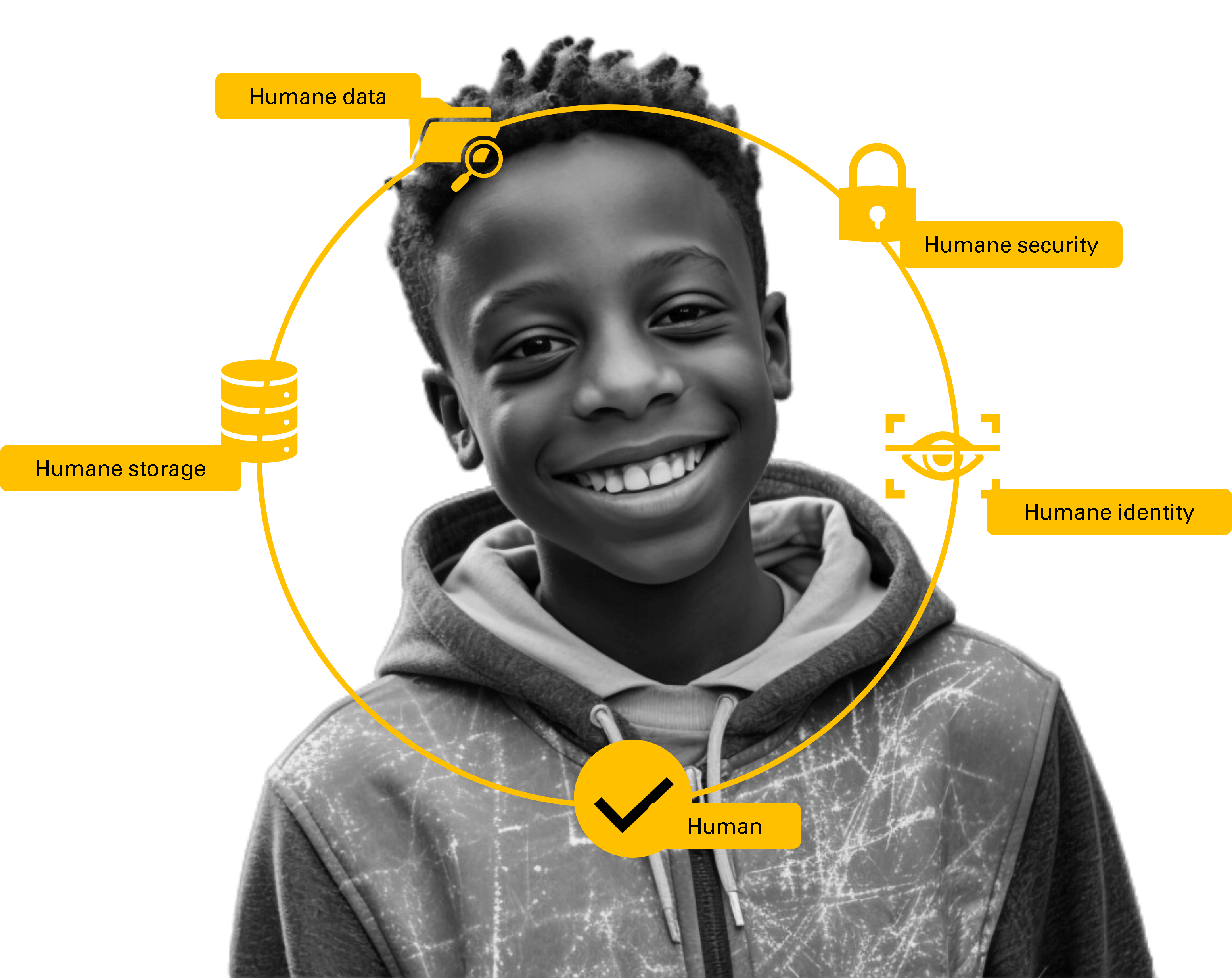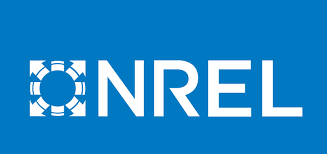Build your AI solution with the right stack to scale real-world impact.
We help you include diverse stakeholder outcomes, grounded in equitable real-world impact data, into your mission-critical AI solutions.
Learn More
Builder-friendly Solutions for Responsible AI
Streamline your AI development pipelines while ensuring responsible and equitable outcomes of your AI solutions for all stakeholders.
Map Impact into CI/CD
Map real-world outcomes into your AI workflows and production pipelines.
Collaborate Across Stakeholders
Enable shared contributions in resposible AI with decentralized, multi-stakeholder input.
Communicate AI Impact
See and act on how architecture decisions affect stakeholder trust, safety, and equity.
Trusted in the Community
See what our partners say about working with us
"The data portal was easy to access and the data we needed from the community for our research was provided faster and more secure than other traditional providers."

Research Team
National Renewable Energy Laboratory
U.S. Department of Energy
Build Transparent, Ethical AI Systems
Partner with CitiWave to help you verify, prepare, or adopt workflows, tools, and data to maximize impact of your AI solution. We help you create enterprise AI solutions that are explainable, accountable, and aligned with human ethics and outcomes aligned with the 17 Sustainable Development Goals.
Build with Human Rights in Mind
Our tooling embeds human rights considerations into every stage of AI development, ensuring your solutions respect fundamental freedoms.
Create Explainable AI Systems
Move beyond black-box AI with our tools that provide clear insights into how decisions are made and why.
Empower Community Collaboration
Our platform enables meaningful community engagement, ensuring solutions are built with and for the people they serve.
Maintain Continuous Oversight
Keep your AI systems in check with our monitoring tools that track performance against ethical and operational benchmarks.
AI Amplified: CitiWave's 5-Step Playbook: Building Verified AI Solutions for Precision Impact
Check out our engineered approach to building and implementing AI solutions that yield verified results and drives precision impact for your business and stakeholders.
Learn
Build foundational knowledge of key AI concepts, trends, and ethical impact. Enable your team to spot opportunities where intelligent automation can boost your organization's value.
Map
Identify areas where advanced technology can unlock new efficiencies or capabilities. Shape a practical plan that aligns your solution's strengths with real needs.
Experiment
Launch focused projects to solve genuine problems, gathering feedback and refining as you go. Validate your approach with measurable results.
Connect
Seamlessly embed your intelligent solutions into core processes and external systems. Foster trusted collaboration across teams and partners.
Amplify
Expand what works, driving broader adoption and continuous improvement. Scale responsibly to increase your organization's reach and lasting impact.
Would you like this playbook tailored for your AI solution or product team?
Microsoft for Startups
Founders Hub
DIF
